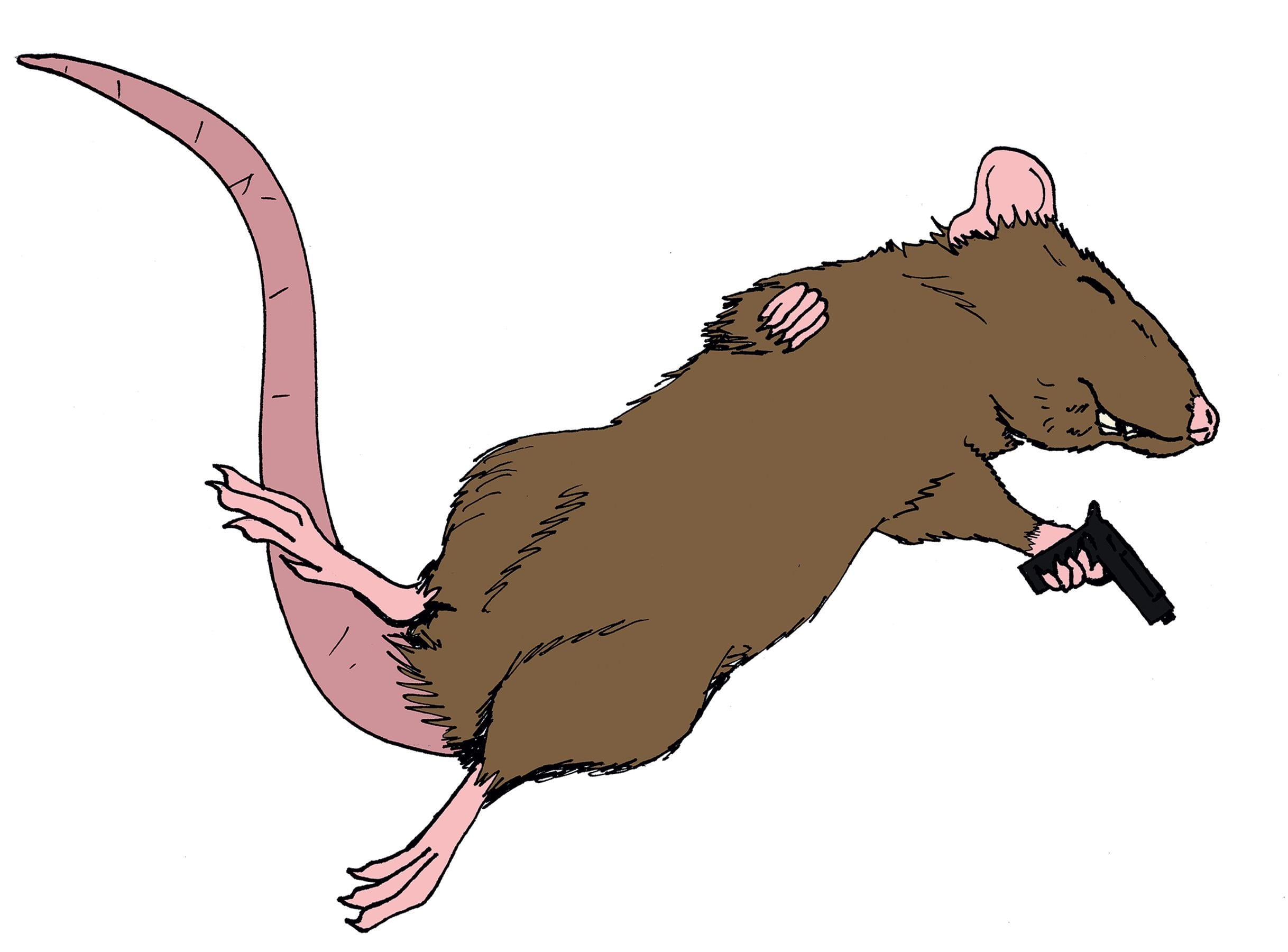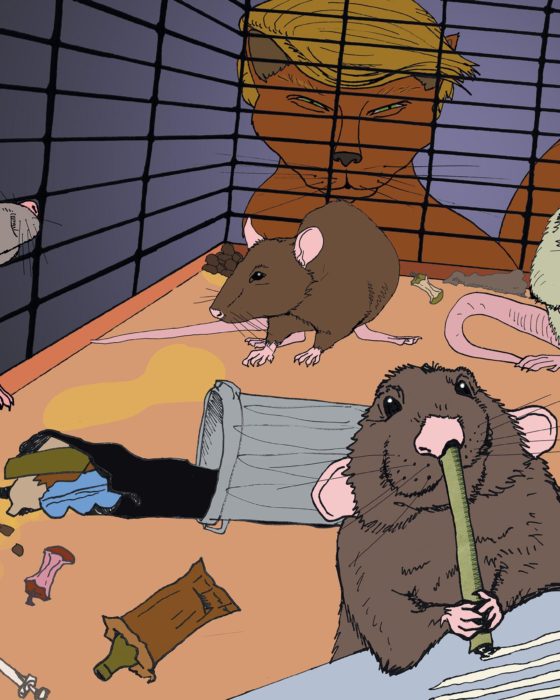How is it that the rich keep getting richer, the middle class has all but disappeared and the poor are slipping through ever-widening cracks? Why has the War on Drugs created more addicts and the War on Terror more terrorists? The answer lies in America’s supply-side policies.
Let’s begin with Ronald Reagan, B-movie actor and corporate shill cum President. The current Republican demigod is admired mostly for his charismatic role in redistributing America’s wealth into the hands of an elite class of wealthy oligarchs. “The Gipper” helped usher in what is known as supply-side economics, wherein policies like tax cuts and reduced regulations favor the privileged, while being framed as good for the average citizen. Before the advent of this “trickle-down” theory, people didn’t say, “demand-side economics,” because it’s redundant. Supply-side economics is a self-evident contradiction, a form of cultural Stockholm syndrome that betrays the ugliness of our values.
This approach to economics has not only created a vast disparity in wealth and enabled the corrupt system of buying legislation through campaign donations—worse since Citizens United—it’s also furthered a fundamental confusion in our society regarding supply versus demand. The Average Joe or Jane just doesn’t get it; so many Americans support poverty-making policies and backward solutions to social problems that are in direct opposition to their own economic self-interests.
Perhaps the hottest of hot-button issues today is abortion. Ask your Trump-loving family and friends, “Are you pro-life? What does that mean? And what can be done on a policy level to reduce the amount of abortions in America?” The stock answer: “Yes, we’re against baby murder, and we should overturn Roe v.Wade by time-traveling to 1973 in Neil Gorsuch’s wicked-awesome DeLorean.”
But there’s an egregious flaw in the push to outlaw abortion. The procedure’s legal status, according to a 2012 joint study conducted by the World Health Organization and the Guttmacher Institute, has no effect on abortion rates across the globe. In fact, the regions where the procedure is highly restricted or illegal, like South America (an estimated 47 procedures per 1,000 women of childbearing age), tend to have the highest abortion rates in the world. And areas with the lowest abortion rates, like Western Europe (18 per 1,000) and the Netherlands (5 per 1,000), tend to have legal and easy-to-access reproductive care. It should also be noted that due to unregulated and unsafe practices, illegal abortions kill roughly 70,000 women per year, so outlawing abortion is not exactly a “pro-life” position.

We tend to think of it as corollary, but whether abortion is legal is not really relevant. It’s more an indicator of a country’s religiosity (minus some outliers, like China), which in turn, according to the Pew Research Center, is inversely proportional to a country’s economic well-being and overall standard of living. The poorer a people, the more religious; the more religious, the more restrictive they are on abortion. The wealthier a people, the better educated; the better educated, the more likely to pursue scientifically proven methods of attaining goals. The Netherlands, for example, has one of the highest standards of living in the world, and it’s one of the few nations in which atheists outnumber theists. The Dutch also hand out condoms to students and provide them with adequate sexual education. In America, on the other hand, we teach our kids that anything short of abstinence will inexorably lead to disease, death and an eternity of flaming-pitchfork-based torment.
Over a large swath of seemingly disparate issues, economics plays a crucial role in a nation’s overall attitude and health. To illustrate the point, we’ll look to the results of an experiment called Rat Park, published in 1981, conducted by Canadian psychologist Bruce Alexander and his colleagues at Simon Fraser University. Their study involved four groups of rat populations, two extremely different habitats and a choice between regular water and water infused with morphine. The first group of rats lived in crowded, austere cages—a rat ghetto, basically— for the duration of the 80-day experiment. They drank the hell out of the morphine solution. The second group of rats was raised in the titular Rat Park—a sorta swanky rat paradise, the proverbial gated community with access to stimulating toys and plenty of space to stretch out. They overwhelming preferred the plain water. The third group was moved from the ghetto to Rat Park at 65 days old. Though some dependence lingered, their morphine appetites fell precipitously. The fourth group was moved from the luxurious Rat Park to the rat ghetto at 65 days old. Can you guess what happened to them? Right. They quickly became junkies, hell-bent on escaping their new, supershitty lot in life, however briefly.
The results of Rat Park have been replicated in the current opioid crisis in America. The Centers for Disease Control and Prevention says that 91 Americans die from opioid overdose every day. Most of those folks are from economically depressed Appalachia, the Southwest and a smattering of Rust Belt states. These are the people for whom Donald Trump’s economic populism resonated. These are people who, over the last several decades, have seen a generational shift from the American Rat Park to the ghetto cage. The National Bureau of Economic Research determined that for every percent a county’s unemployment rises, it sees 3.6% more deaths from opioid overdose (7% more opioid-related emergency room visits).
Doctors overprescribed; pain pill manufacturers downplayed the dangers of their products; and we’re now dialing back the OxyContin free-for-all. While it may seem a thoughtful policy, limiting prescription opioids is another wrong-headed attempt to affect behavior by controlling supply. As we saw with abortion, it’s more about demand. Many who are cut off from prescription opioids—due to overzealous, puritanical regulation or the ruination of American healthcare under Trump—turn to a much cheaper alternative in heroin. It’s worth noting that according to data collected between 2002 and 2012 by the National Institute on Drug Abuse, 75% of new heroin users started out with a prescribed fix. This is vast departure from historic trends.
Controlling supply seems like common sense, but that’s what our draconian War on Drugs has been about for the last 50 years, from busting low-level dealers and users to destroying large swaths of Colombian wilderness under the auspices of the U.N. Has that worked? Hell, no. What it has done is fill our prisons. The United States has the largest prison population per capita in the entire world. Roughly half of our shamefully huge federal prison population bought their cells with drugs. Not only has this been devastating to American families, especially our black and brown communities; it has done nothing to curb drug use nationally. Incidentally, we saw some relief from this disastrous zero-tolerance idiocy under Obama’s watch, but Trump’s attorney general—and Klan-adjacent Keebler elf understudy—Jeff Sessions is promising a return to the “good ol’ days” of Nixon-Reagan overly punitive sanctimony.
Again, whether it’s abortion or drugs, outlawing a thing makes it exponentially more dangerous due to lack of oversight. Fentanyl, a synthetic opioid 50 to 100 times more potent than morphine, is the equivalent of a back-alley abortion. Addicts have no idea what they’re getting when they drift from prescribed fixes to street junk. Now heroin users risk buying carfentanil too, a manmade opioid used as an elephant sedative, literally, that is 100 times more powerful than fentanyl. From 2014 to 2015 alone, the CDC reports that deaths caused by synthetic opioids, minus methadone, jumped by over 72%. But surely we can’t regulate hard drugs. Well, why not? There were only 379 combat-related deaths in the Spanish-American War; yet the U.S. suffered over 5,000 casualties total, due mostly to Chicago’s unregulated meatpacking industry, which supplied our military with tons of rotten, formaldehyde-soaked beef. Although Chipotle seems intent on inspiring the next Upton Sinclair, and Trump wants to turn back the clock to the “good ol’ days” of preventable consumer death, we mostly learned the lessons of unregulated food stuffs. But we place little moral judgment on eating. We do, however, enjoy condemning addicts for their supposed moral weakness. That stigma alone is destructive.































